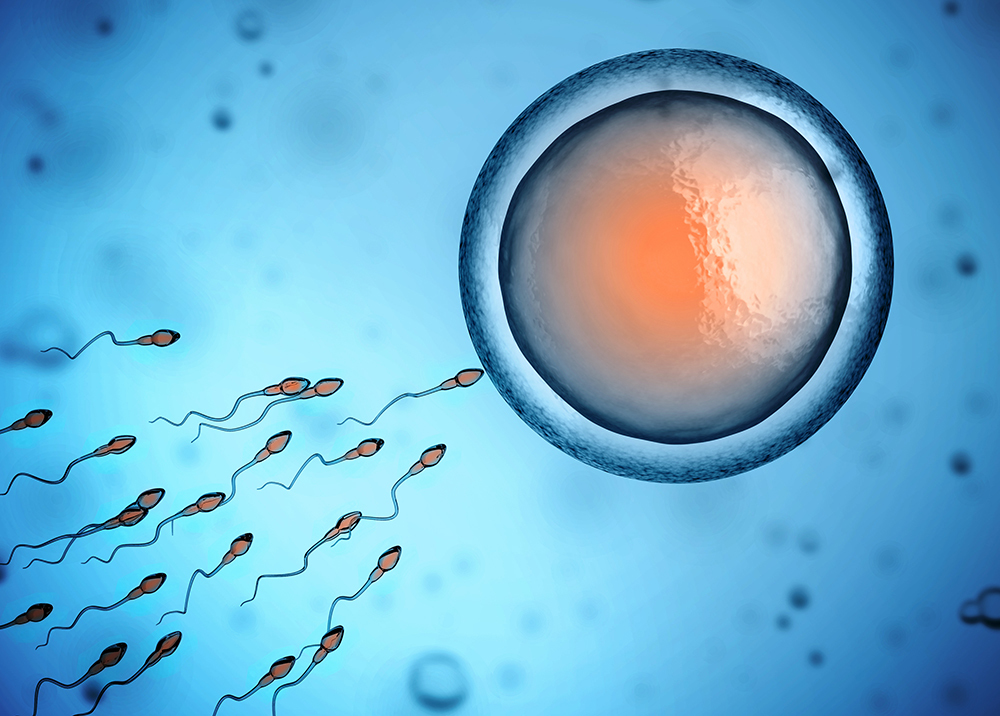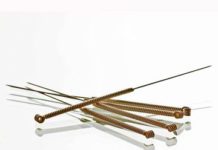
Artificial insemination (AI) introduces sperm into a woman’s uterus, allowing her to get pregnant without sexual intercourse. It can be conducted with donor sperm or the intended father’s sperm. Here’s everything you need to know about two of the most common AI methods: intrauterine insemination (IUI) and intracervical insemination (ICI).
Who Gets Artificial Insemination?
Women may undergo artificial insemination if they’re struggling with infertility, or the inability to conceive despite having regular unprotected sex. AI can combat male factor infertility from inadequate sperm count, motility, or maneuverability. It’s also a solution for female infertility from thick cervical mucus, endometriosis, or abnormal reproductive organs. Single women and those in same-sex relationships may also choose artificial insemination; a donor sperm is often used in these instances.
When to Schedule Artificial Insemination
Doctors schedule artificial insemination based on a woman’s menstrual cycle. AI has the best chance of success if correlated with ovulation, which happens when the ovary releases a mature egg about 14 days before the monthly period. A woman can determine when she’s ovulating with at-home ovulation test kits, as well as blood and urine tests at the doctor’s office. A woman usually tries artificial insemination once per cycle.
Intrauterine Insemination (IUI)
Couples often turn to intrauterine insemination (IUI) for male factor infertility, although it’s commonly used to combat unknown causes of infertility and endometriosis-induced infertility. Women with thick cervical mucus that prevents sperm from reaching an egg may also get IUI. The procedure must be conducted in a doctor’s office.
To begin the IUI process, the intended mother will take medications to elevate fertility. Doctors will prepare a semen sample – either from the intended father or a donor – by separating the sperm from the seminal fluid, says Tanmoy Mukherjee, M.D., a board-certified gynecologist and reproductive endocrinologist who works as a co-director of Reproductive Medicine Associates of New York. That’s because seminal fluid can cause intense uterine contractions in women.
Next, the doctor will mix the sperm with liquid, load it onto a catheter, and insert it inside of the vagina. When the catheter reaches the uterus, doctors will dispense the sperm inside. Dr. Mukherjee says the process resembles a Pap smear.
Since the sperm is inserted directly into the uterine cavity, it must travel less distance to reach the egg – and in turn, there’s a higher chance of conception than with normal intercourse. Here are Dr. Mukherjee’s estimates of IUI success rates, based off of one cycle:
Artificial Insemination at Home: Intracervical Insemination (ICI)
A simpler artificial insemination method, intracervical insemination (ICI) imitates natural intercourse. Unwashed, liquified semen (from either a donor or the intended father) is loaded into a syringe specially designed for ICI. Then it's inserted inside of the vagina and slowly emptied near the cervix. A woman should lie on her back during the procedure and a half hour afterwards. If all goes well, the sperm will travel to the fallopian tubes and form a pregnancy.
ICI can be conducted at home or a medical center. The success rate ranges from about 5% to 30% per cycle – and it may be more efficient if the woman places a sponge cap over the cervix for several hours afterwards to hold semen in place. Washing the sperm may also increase effectiveness. Note that ICI is sometimes called Intravaginal insemination (IVI).
How Much Does Artificial Insemination Cost?
Without insurance, intrauterine insemination costs about $300-$1,000 per cycle. The price increases if using donor sperm, which costs about $700-$1,000 per vial. Health insurance may cover some of the price, including extra expenses like blood work, ultrasounds, and medications.
On the other hand, intracervical insemination costs about $200 and $350 per cycle. Unwashed sperm contributes to the cheaper price tag – but you can also use washed sperm for a premium. Donor sperm also raises the cost of ICI.
Given the relatively low success rates of IUI and ICI, couples probably need more than one cycle. After multiple failed attempts, they may try in vitro fertilization (IVF) to conceive a child. During IVF, sperm and eggs are mixed in a petri dish, then the embryo is placed directly into the uterus. This costs about $15,000 total, but it has a greater success rate than ICI and IUI (about 53.9% if the woman is under 35 years old and uses her own fresh eggs).































